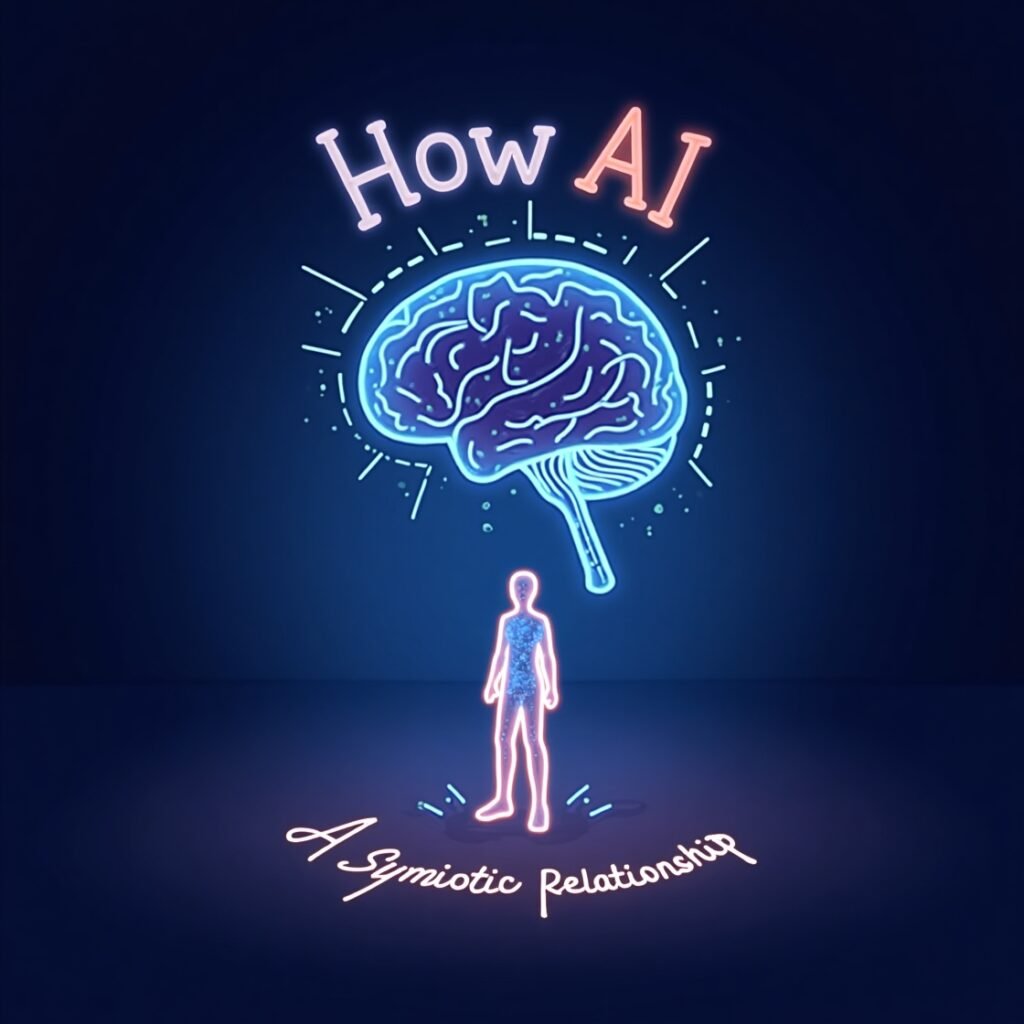
AI Integration in Multimedia Blogging Platforms
While traditional text-based blogging benefits greatly from AI, multimedia platforms—such as YouTube, Anchor (now Spotify for Podcasters), and TikTok—are also leveraging AI to support content creators. These platforms use AI for everything from script generation to audience analytics.
For example, video creators can now use tools like Descript, which transcribes and edits videos using AI, and Synthesia, which allows the creation of AI avatars to present content. These AI-driven platforms help reduce the time and expertise required to produce engaging multimedia content.
Use Cases in Multimedia Content Creation
AI tools integrated into video and podcasting platforms are transforming the way creators work:
- Automatic video editing: Trims silences, removes filler words, and auto-generates subtitles.
- Voice enhancement: Improves audio quality by removing background noise and adjusting tone.
- AI-generated avatars: Allow creators to deliver content without ever appearing on camera.
AI and Reader Analytics: Intelligent Feedback Loops
One of the less visible but highly impactful uses of AI is in reader behavior analysis. Platforms now embed AI to analyze how users interact with content—how far they scroll, what they click, how long they stay.
For bloggers, this means actionable insights into how to improve future posts. AI can suggest the optimal length, tone, or even the ideal time to publish based on historical data.
Reader Behavior AI Tools in Blogging Platforms
| Tool | Main Function | AI Benefit |
|---|---|---|
| Google Analytics 4 | Behavior & conversion tracking | AI models detect trends and predict outcomes |
| Hotjar + AI | Heatmaps & scroll depth analysis | Identifies what parts of posts engage readers |
| Chartbeat | Engagement analytics for news/blog posts | AI flags underperforming content in real time |
These insights close the feedback loop, helping creators adapt their strategies dynamically.
AI-Enhanced Collaboration and Team Productivity
For bloggers who work within teams, collaboration is often a bottleneck. AI is helping to eliminate inefficiencies by automating coordination, version control, and feedback collection.
AI tools like ClickUp AI, Asana’s AI integrations, and Notion AI offer features that:
- Assign tasks based on workload and content progress.
- Generate summaries of team meetings.
- Track deadlines and alert users about delays or potential bottlenecks.
Benefits for Editorial Teams
In content operations involving multiple contributors, AI helps ensure consistency in tone, grammar, and brand messaging—something traditionally managed manually by editors.
For example, Writer.com is an AI tool tailored for enterprise teams, offering style guides, terminology enforcement, and real-time grammar correction within shared content environments.
Ethical Concerns and Bias in AI Writing Tools

As with any emerging technology, there are ethical concerns around the use of AI in content creation. One of the primary concerns is algorithmic bias—AI systems may reinforce stereotypes present in their training data.
AI-generated content also raises questions around originality and authorship. How much of a blog post must be human-created to be considered “authentic”? This is especially relevant for sponsored or journalistic content.
“AI tools may inadvertently replicate societal biases unless carefully audited,” writes Kate Crawford in her book Atlas of AI (Crawford, 2021).
Content Authenticity and Detection
In response to these concerns, tools like GPTZero, Originality.ai, and Turnitin have introduced AI detectors that flag content likely generated by large language models.
These tools are now integrated into publishing platforms and academic CMSs to maintain ethical standards and ensure transparency.
Table: Comparison of AI Content Detection Tools
| Tool | Detection Method | Primary Users | Integration Support |
|---|---|---|---|
| GPTZero | Sentence-level perplexity | Journalists, educators | API, browser extensions |
| Originality.ai | GPT/LLM probability scoring | Bloggers, publishers | Chrome plugin, CMS plugins |
| Turnitin | Cross-referencing with databases | Schools, universities | LMS integration (Canvas, etc.) |
These tools are shaping new best practices for responsible content generation using AI.
The Rise of Custom AI Models for Content Niches
More bloggers are turning to fine-tuned language models to generate content that aligns with specific tones or industries. OpenAI, Cohere, and Anthropic offer APIs to build models trained on a user’s own dataset, enabling hyper-relevant AI writing assistants.
This trend is especially useful for blogs in:
- Medical and legal fields (requiring accuracy and compliance)
- Technical writing (requiring domain-specific terminology)
- Niche hobbies (where general-purpose AI may lack depth)
For instance, a blog about drone engineering could use a fine-tuned GPT model that understands jargon, regulations, and schematics.
Monetization and AI: Scaling Content for Profit
AI isn’t just about content creation—it’s enabling smarter monetization strategies. With tools like Copy.ai, Jasper, and Surfer SEO, bloggers can generate articles optimized for affiliate marketing and ad revenue.
These tools analyze top-performing content in a niche and suggest optimized headlines, calls to action, and internal link structures.
Key monetization strategies enhanced by AI:
- Affiliate content optimization
- Dynamic ad placement recommendations
- E-commerce integration via AI-based product descriptions
Looking Ahead: Voice Interfaces and AI Blogging Assistants
The future may bring voice-first blogging, where creators simply speak their ideas into smart assistants and receive edited blog posts in return.
Projects like OpenAI’s Whisper, combined with content engines like GPT-4, are paving the way for hands-free blogging. Users may soon be able to run entire content workflows through voice prompts—dictating, editing, publishing, and even scheduling posts with a simple conversation.
This aligns with the prediction made by Kevin Kelly in The Inevitable (Kelly, 2016): “AI will soon become a co-author of most content—not by replacing humans, but by enhancing our natural expression.”
+ Discovering World of Mouth: The Ultimate Guide to Culinary Exploration
Final Thoughts
The evolution of AI within applications is not just a technical advancement—it’s a cultural shift in how content is conceived, created, and consumed. Bloggers today are not merely writers; they are AI-augmented content strategists, equipped with tools that learn, adapt, and grow with them.
From mobile apps to CMS plugins, from audience analytics to ethical AI usage, this symbiosis is reshaping the digital publishing landscape. As AI continues to evolve, so too will the creativity and potential of content creators around the globe.
References
Crawford, Kate. Atlas of AI: Power, Politics, and the Planetary Costs of Artificial Intelligence. Yale University Press, 2021.
Evans, Benedict. Tech and the Future of Content. 2024.
Kelly, Kevin. The Inevitable: Understanding the 12 Technological Forces That Will Shape Our Future. Viking, 2016.

